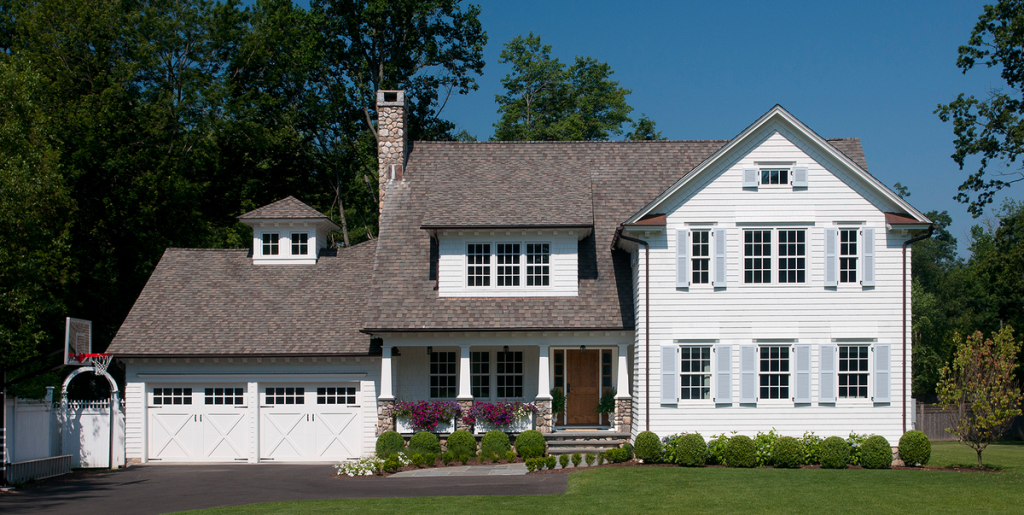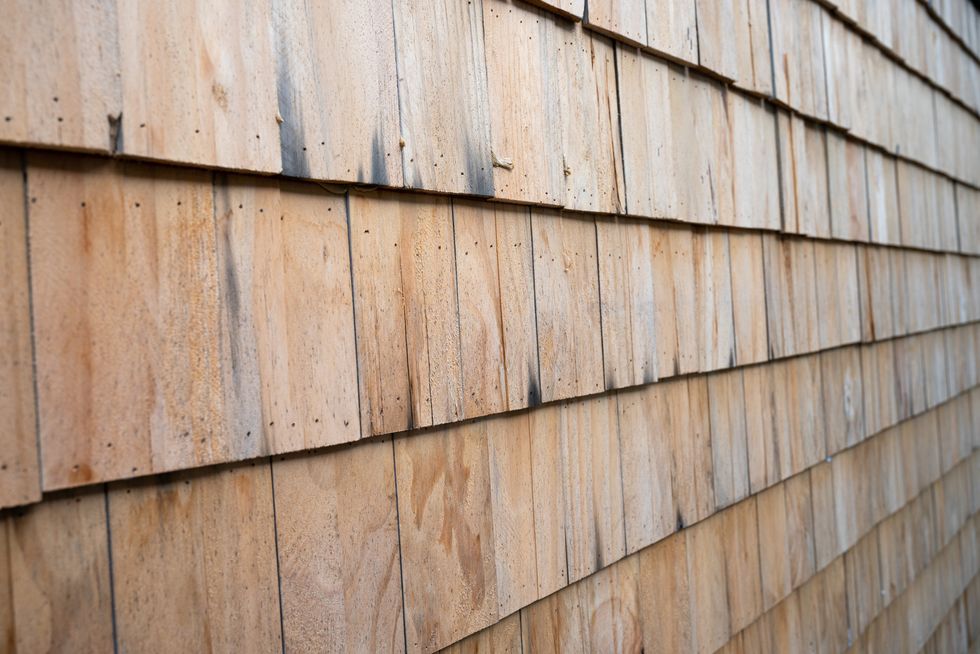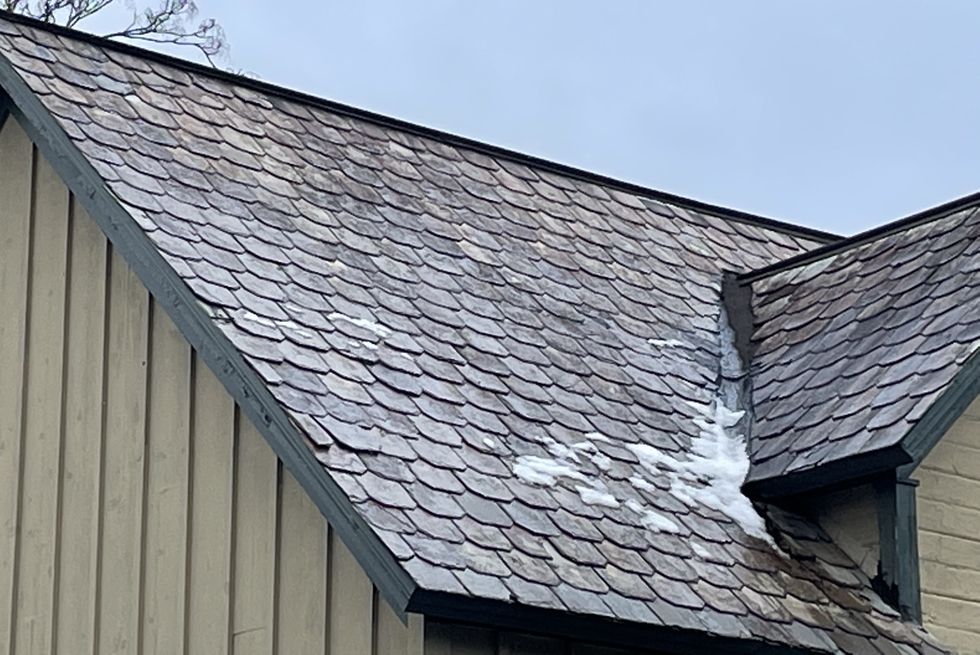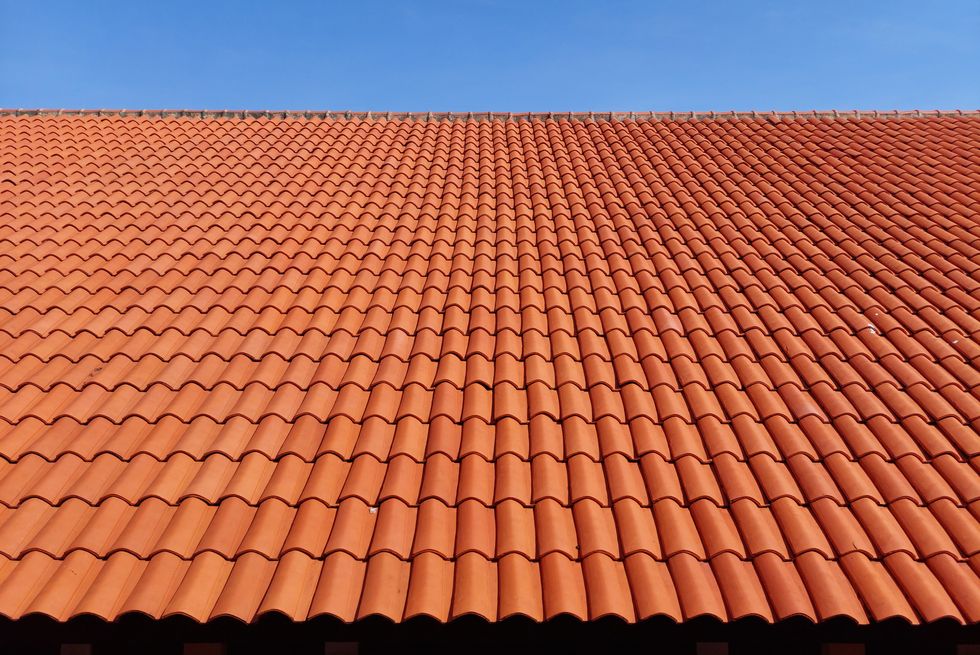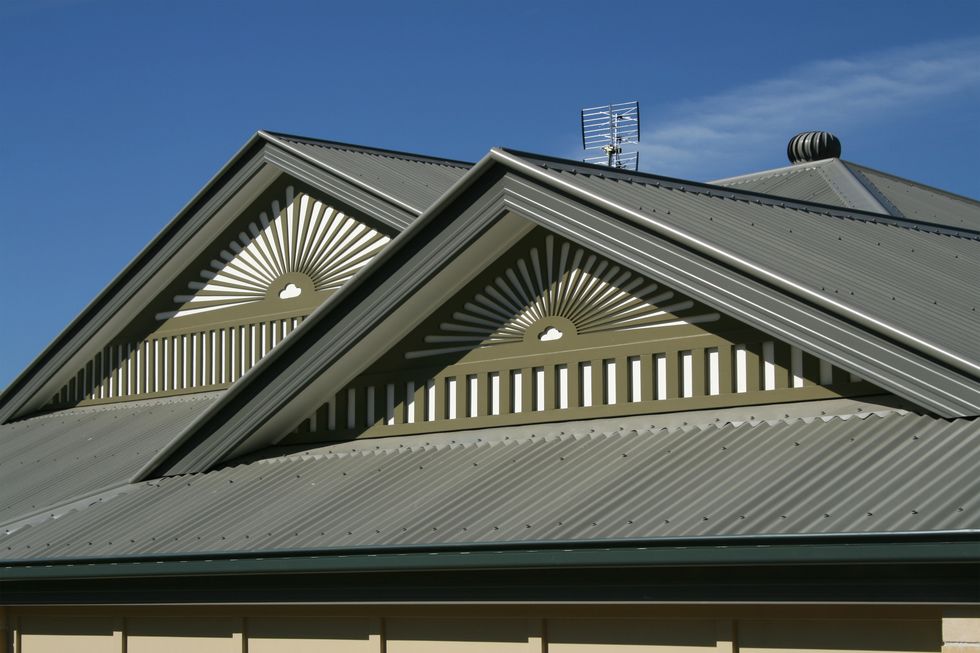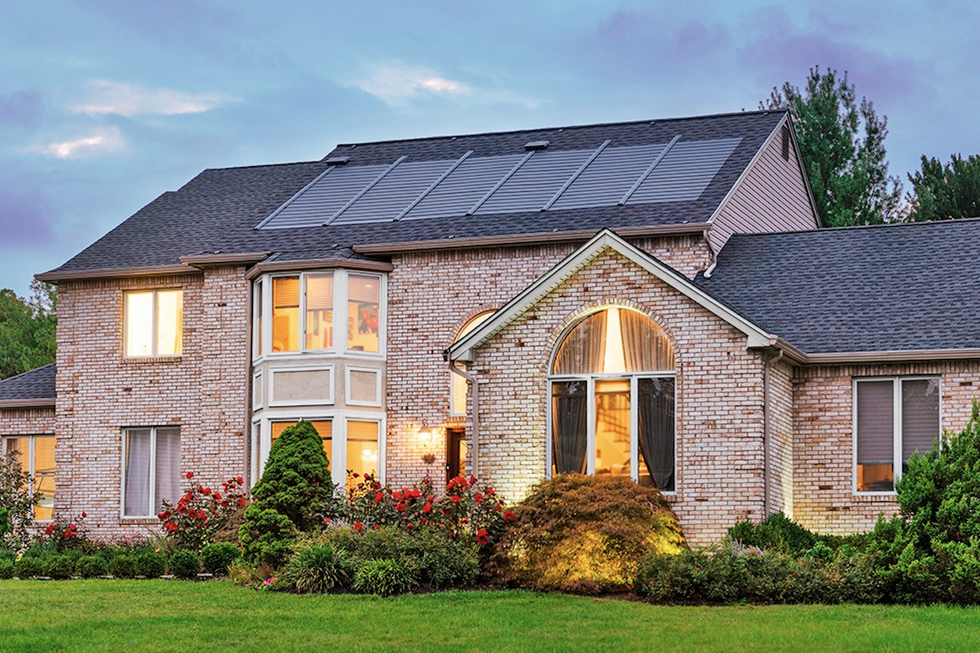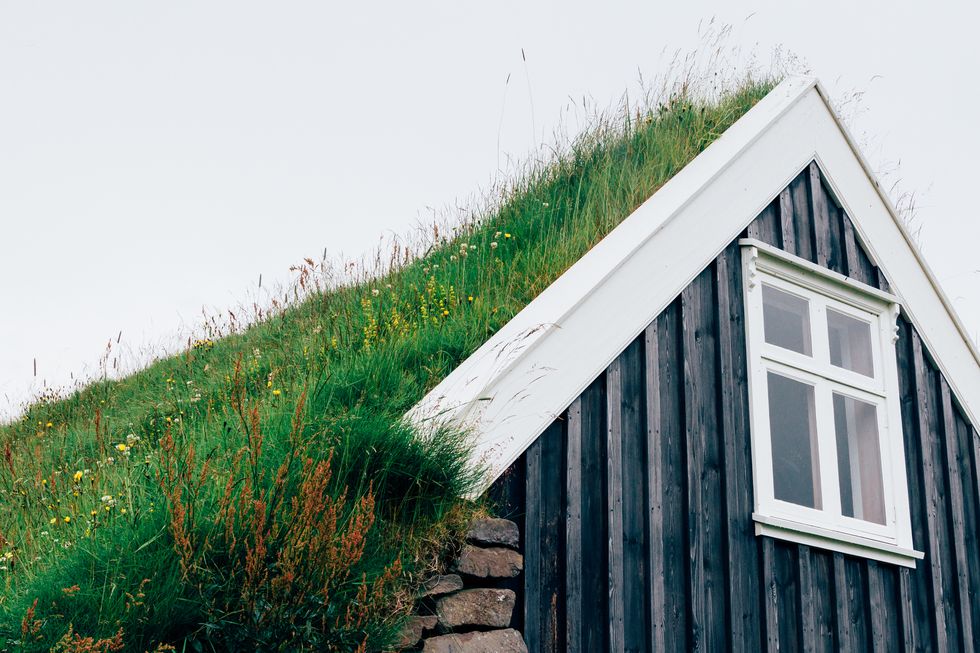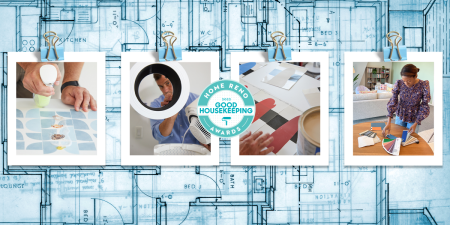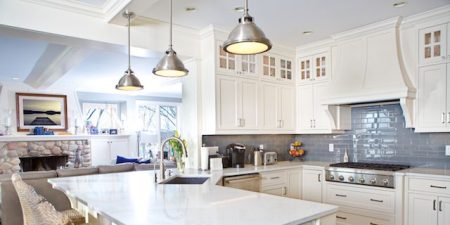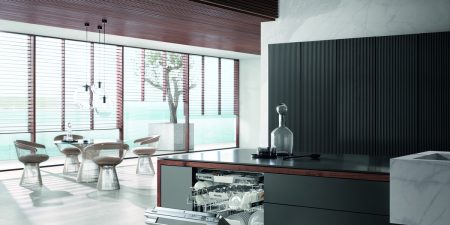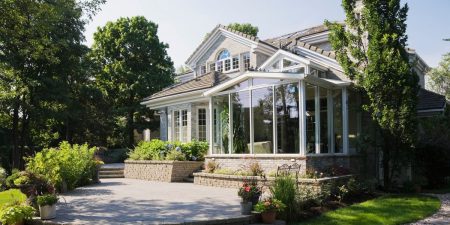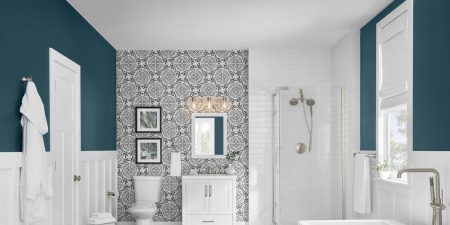Not only is the roof over your head critical for keeping out the weather, it has a huge impact on your home’s curb appeal. “From a design perspective, the roof is a dominant — if often overlooked — visual element,” says Dan DiClerico, director of the Good Housekeeping Institute’s Home Improvement & Outdoor Lab. “Trust me when I say, if you choose a roof that clashes with the style of the home, everyone will notice.” The wrong material can also mean inadequate protection or premature failure.
Replacing your roof isn’t cheap (the average homeowner spends about $10,000 on a new roof), so it’s an investment in your home. Your roof takes the brunt of any harsh weather: the beating sun, thrashing rain, winter snowstorms and the like. Even once you consider your budget, climate and installation, it may still feel overwhelming to settle on a new roofing material. To help you decide, we’ve rounded up the best roofing materials — from versatile picks like asphalt shingles to long-lasting slate and clay tiles.
1. Asphalt Shingles
Asphalt is the most popular material for residential roofing in the U.S. because it’s affordable, easy to install and works well in most climates. There are three main types of asphalt shingles: 3-tab (most affordable), dimensional or architectural (thicker than 3-tab shingles) and luxury (designed to look like slate tiles).
- Pros: Cost-effective and durable, asphalt is easy to install and maintain. The material is available in a variety of colors and types, pairing with most house styles.
- Cons: Some less robust 3-tab shingles will be prone to damage from wind and hail, and asphalt as a category has a shorter lifespan than some other roofing types.
- Average lifespan: 25 years
- Average cost: $10,000
2. Wood Shingles or Shakes
From Cape Cod cottages to contemporary homes, wood roofing is a natural, stylish and affordable choice. For a rustic or unique aesthetic, wood shakes and shingles are available in different colors, patterns and grains. Typically made of cedar, the material is naturally energy-efficient, wind resistant and impact resistant. Since it’s an easy target for water damage, wood roofing is best for dry climates — just note you may need a fire retardant.
- Pros: Wood shingles and shakes have a unique curb appeal, plus the natural material is energy-efficient and can be considered more eco-friendly. The material is wind resistant and impact resistant (hint: thicker wood is more durable). As for installation, wood shingles are applied in the same way as other shingles.
- Cons: Although the average cost is similar to other roof types, wood is not the best material for all climates. Wood roofs are susceptible to moisture and mold damage, plus they’re prone to insects. Wood shingles or shakes may also require a fire retardant as the material is vulnerable to fire.
- Average lifespan: 25 years
- Average cost: $21,500
3. Slate Tiles
If you’re intending to live in your home for decades to come, slate may be a viable option for you — since the natural stone can last anywhere from 50 to 100 years. Slate roofs are durable enough to withstand high winds and high temperatures, plus they are fire-proof and do a good job keeping out water. If you do plan to move at some point, a slate roof may help to increase a home’s value.
- Pros: Not only is slate visually appealing, the naturally occurring stone can last upwards of 100 years (or even longer). The long-lasting material holds up in most climates, since it can withstand high winds, resist moisture and prevent fires. It’s a great option if you’re looking to make a long-term investment.
- Cons: Although they have a long lifespan, slate is one of the more pricey roofing materials — likely two or three times more expensive than asphalt shingles. Not to mention, slate is incredible heavy which makes the installation process more difficult.
- Average lifespan: 75 to 100 years
- Average cost: $25,000
4. Clay and Concrete Tiles
From reddish-orange terracotta to textured gray concrete, tile roofing is meant to last a lifetime (or longer). “Concrete and terracotta tiles are extremely durable, even against fire — making them a good option in warm, dry regions that are prone to wild fires,” says DiClerico. The material is popular in hot climates — like Florida, California and the Southwest — because it holds up well in extreme heat and exposure to salt air.
- Pros: Clay and concrete tiles offer a ton of curb appeal, especially when you consider the versatility in colors and styles. If you go with clay or concrete, your roof should last at least 100 years. The natural material can withstand high winds, hail and fires.
- Cons: While concrete tiles are more affordable than clay, both options are more expensive than asphalt or wood shingles. These type of tiles are heavy, so you’ll definitely require professional installation. Given the heft of the material, it is not ideal for roofs with sharper slopes.
- Average lifespan: 100+ years
- Average cost: $21,000
5. Metal Roofing
Metal roofs are typically made from steel, aluminum, copper or tin. Although they can be costly, the material has a long lifespan and holds up exceptionally well in harsh winter climates. “Metal does a good job of shrugging off heavy snow, which is why you see them in northern parts of the country,” says DiClerico.
- Pros: With a lifespan of around 80 years, metal roofs can withstand high winds and shouldn’t corrode with a rust-proof coating. The material is a safe choice for snowy climates, plus most metal roofs are made from recycled content — making them a more environmentally-friendly choice.
- Cons: Metal roofing can be expensive, plus the installation can be costly because of the tools and expertise required. The other downside? Metal roofs can be noisy during heavy rain or hail storms.
- Average lifespan: 80 years
- Average cost: $16,500
6. Solar Roofs
Solar shingles or solar roof tiles can replace existing shingles, and work best paired with asphalt or tile roofing. They harvest sunlight to generate electricity. Solar energy is best for sunny climates, but isn’t ideal for homes with steeply pitched roofs or those that are surrounded by a lot of trees or other sun-blocking objects.
- Pros: Solar roofs generate electricity for your home, helping to reduce your energy bill. Although the initial cost of a solar roof is high, there is little maintenance required after installation and it can increase your home’s value. There are more affordable options, like the GAF Energy’s Timberline Solar (a Good Housekeeping Home Reno award winner) that integrates solar technology into traditional roofing.
- Cons: Solar panels are expensive and difficult to install.
- Average lifespan: 25 years
- Average cost: $27,000
7. Living Roofs
Also known as a green roof, a living roof is exactly what it sounds like: a roof partially or completely covered with soil, vegetation and plants. Although they’re a less popular choice, green roofs last 40 to 50 years — protecting your home from wind, ice, snow rain and UV rays in the process.
- Pros: A green roof is a sustainable option, since it benefits the environment by releasing carbon dioxide and helping to improve air quality. The vegetation and soil store rain water to prevent flooding and absorb the sun’s heat in hot climates. You can even turn your roof into a full garden, complete with fruits and vegetables.
- Cons: As expected, a living roof requires frequent and more difficult maintenance — which can also led to a greater expense.
- Average lifespan: 30 to 50 years
- Average cost: $22,000
RELATED: How to Start an Organic Garden in 9 Easy Steps
What to consider when choosing a new roof




Why trust Good Housekeeping?
As Good Housekeeping‘s associate lifestyle editor, Alyssa Gautieri covers home improvement and interior design topics. Prior to joining Good Housekeeping in 2022, she worked for various home publications including ELLE Decor, Chairish, BobVila.com, Unique Homes Magazine, in addition to brands like BrylaneHome and VIGO Industries.
To choose the best types of roofing materials, Alyssa consulted with Dan DiClerico, director of the Home Improvement & Outdoor Lab in the Good Housekeeping Institute. DiClerico brings more than 20 years of experience to the Institute, reviewing thousands of products (including roofing and solar systems) for Good Housekeeping and previously for This Old House and Consumer Reports. Prior to starting his career as a home expert, Dan worked for several years on a roofing crew, mainly replacing asphalt and wood shingle roofs on suburban homes.
Associate Lifestyle Editor
Alyssa Gautieri (she/her) is the associate lifestyle editor for Good Housekeeping, where she covers all things home and interior design. Prior to joining GH in 2022, she wrote for publications including ELLE Decor, Chairish, BobVila.com, Unique Homes Magazine and LODGING Magazine, in addition to crafting product copy for home brands like BrylaneHome and VIGO Industries.
Read the full article here




